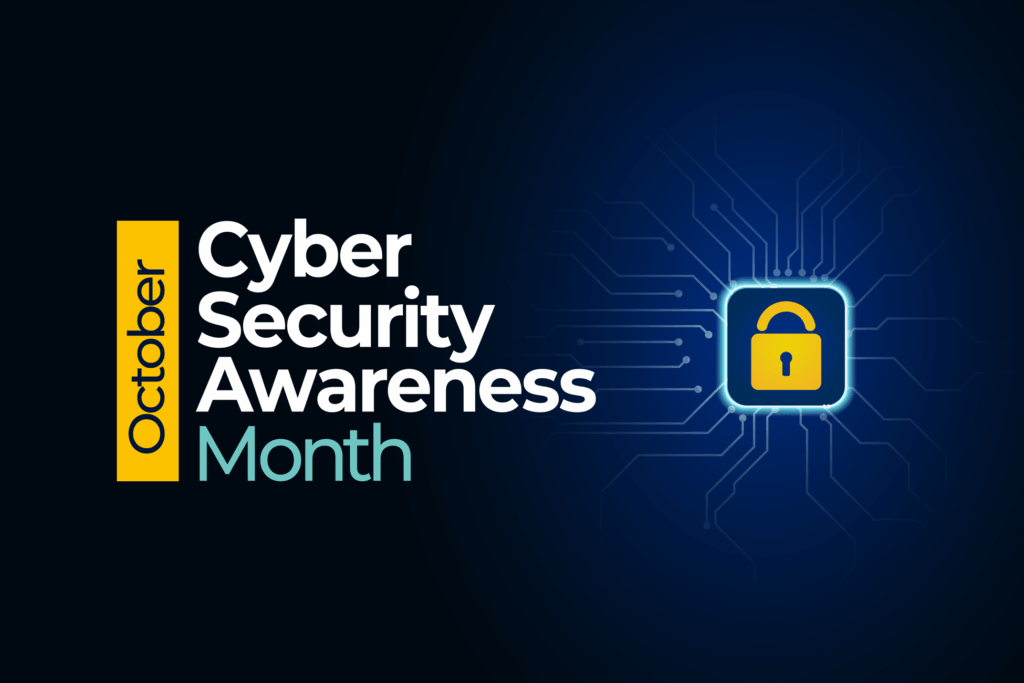Artificial intelligence (AI) has rapidly advanced over the last decade to a point where it can now outperform humans at tasks such as reading comprehension and image recognition.
- Cybersecurity Blog
Cyber Attacks Using Common Cybersecurity Vulnerabilities
-
By Zaviant

While there are seemingly countless ways for online adversaries to gain access to a network and its data, there are some cybersecurity attacks that are favorite infiltration methods.
These attacks are a go-to because they are easy ways to breach a network. In the eyes of an adversary, an open door to a network is indicative of other common cybersecurity vulnerabilities many organizations have in their cyber defenses.
For any organization looking to keep its digital assets safe and not become the next victim of a data breach, having reliable and strong cybersecurity frameworks in place to eliminate vulnerabilities is priority #1. Having protective measures in place should not be done blindly — it is important to understand the types of cyberattacks adversaries employ and how they work.
5 Cyber Attacks That Exploit Common Cybersecurity Vulnerabilities
Vulnerabilities in cybersecurity are low-hanging fruit to an adversary — they make stealing data or causing disruptions a much simpler task.
Cyber attacks that take full advantage of common cybersecurity vulnerabilities include:
- Denial of service
- Distributed denial of service
- Remote code extraction
- XSS (cross site scripting)
- Session hijacking
1. Denial of Service
Imagine showing up for work and firing up your computer only to find that it won’t do anything beyond turning on. Attempts to access its data or use any programs are met by extremely slow processing to system crashes.
That is what a denial of service (DoS) attack looks like.
In layman’s terms, a DoS attack is when an adversary floods a device or server with requests until it becomes overwhelmed and cannot function. Usually, hackers use malware to infect a device and start bombarding it with commands.
There are several types of DoS attacks:
- Volumetric attacks, in which a network’s entire bandwidth is overtaken by command requests to render it unusable. This is the most common type of DoS attack.
- IP Fragmentation attacks, in which packets of fake data are sent to a destination on a device over a period of time to be reassembled. Attempts to reassemble the malicious data — which cannot actually be reassembled — exceed the device’s ability to transmit data over a single network connection.
- Application layer attacks, in which a hacker exploits programming errors in an application and floods it with commands to the point that it cannot function.
- Plashing, in which an attacker sends fraudulent updates to a device that causes permanent damage.
2. Distributed Denial of Service
Distributed denial of service attacks (DDoS) takes DoS attacks to the next level.
Rather than affecting a single device and its usability, a DDoS attack uses multiple devices that infiltrate an entire network using multiple connections. Essentially, a DDoS attack is hitting a target from several directions.
The diversification of access points to a network makes this type of attack extremely effective. Because it is harder to narrow down the source of the network intrusion, DDoS attacks typically last longer than DoS attacks.
3. Remote Code Execution
When most think of a cyberattack, the first thing that likely comes to mind is a hacker sitting in a dark room with free, untraceable access to a computer or network. In a broad sense, that is what a remote code execution (RCE) attack is.
During this type of attack, an adversary injects malicious code into a web server. With the new coding, the server then executes commands until the hacker is given access to the system. Using this opening, the cybercriminal is then able to give themself privileges to access private data or change settings to block attempts to stop their activity.
As its name implies, this attack all occurs remotely — the hacker does not need to be in the same room as the server they are attacking to make their intrusion.
4.XSS (Cross Site Scripting)
Another hacking technique rooted in code injection, cross-site scripting targets websites and web-based applications. By inserting malicious scripts into either, an adversary is able to take control of the website or application and complete activities such as:
- Changing a webpage’s appearance
- Crippling a web-based application’s functionality
- Accessing private data, such as credit card information
- Redirecting users to illegitimate web pages to capture private information
- Impersonating registered users to access their accounts
5. Session Hijacking
Considered a secondary attack, session hijacking occurs after an adversary has obtained a user’s login credentials through illicit means. With that information, a hacker is able to overtake their online interaction with another organization’s website, such as a bank or healthcare provider, and access private assets.
Reducing Risk Potential With a Cybersecurity Service Provider
When it comes to a robust strategy that eliminates common cybersecurity vulnerabilities, the best plan is one that involves multiple layers.
Partnering with a cybersecurity consulting service streamlines bolstering your cyber defenses on multiple fronts.
Even if your organization already has an IT team that handles network security, using a third-party cyber advisory service gives you a fresh set of eyes and an extra set of hands for your cyber defenses. As a partner tasked with keeping your systems and their data safe, a cybersecurity provider:
- Is always on the lookout for new vulnerabilities and their fixes
- Manages and maintains your existing cyber defenses
- Frees up your internal IT team to focus on other things pertinent to your organization
If partnering with a third-party cybersecurity provider is a stretch for your budget, consider using one on an ad-hoc basis for routine cyber vulnerability assessments. A deep dive into your existing cybersecurity and data privacy frameworks, a cyber vulnerability assessment checklist includes:
- Testing internal perimeter controls
- Identifying cybersecurity & data privacy deficiencies
- Prioritizing cyber defense improvements & upgrades
- Implementing patches & fixes
In this day and age, it is best practice for an organization — no matter its size or type — to have a cyber vulnerability assessment on at least a biannual basis.
Resource: Check out our blog, “What to Expect During a Cyber Vulnerability Assessment,” for a closer look at the cyber vulnerability assessment process.
A cybersecurity consultant can also help you craft a network or data breach response plan. A course of action an organization hopes to never use, having a breach response plan saves you precious time in recovering from a compromise to your network’s security.
Getting the Upper Hand on Common Cyber Vulnerabilities
Though cyberattack methods are always changing, some are evergreen methods of infiltration and disruption for adversaries. Not only do these attacks work, but they are repeatable across a wide variety of organizations as they stem from exploiting common cybersecurity vulnerabilities.
Stopping a cyberattack before it starts is not solely about having the right defenses in place — it also involves understanding the attack adversaries frequently use.
Eliminate Common Cybersecurity Vulnerabilities From Your Frameworks
Our team is ready to conduct a cyber vulnerability assessment of your cyber defenses and help you take steps to enhance them.
Share This Post
- Get The Latest In News & Insights
Explore solutions
Data Privacy, Security & Risk
Build or improve upon your data privacy policies and controls.
Platform Expertise
We tailors strategies to your unique risks and compliance needs, ensuring robust protection against cyber threats.
Regulatory Compliance & Frameworks
Zaviant's experts anticipate and mitigate cyber risks, safeguarding your data from diverse threats.








